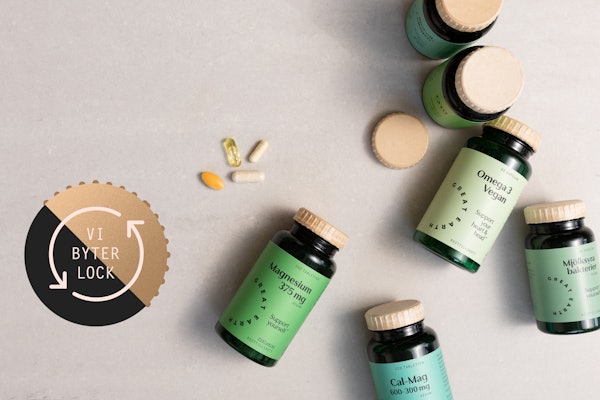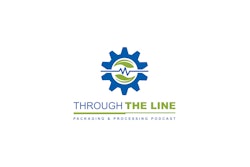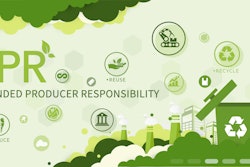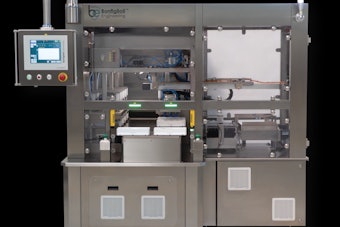1. Identify potential products. Develop a list of products frequently shipped in large volume and/or that are consistent in type, size, shape, and weight.
2. Estimate one-time and limited-use packaging costs. Estimate current costs of using one-time and limited-use pallets and boxes. Include costs to purchase, store, handle, and dispose of the packaging and added costs of any ergonomic and worker safety limitations.
3. Develop a geographical report. Do this by identifying shipping and delivery points. Evaluate the use of daily and weekly "milk runs" and consolidation centers (loading docks used to sort, clean, and stage reusable packaging components). Also consider the supply chain; it may be possible to facilitate a move to reusables with suppliers.
4. Review reusable transport packaging options and costs. Review the various types of reusable transport packaging systems available and the costs to move them through the supply chain. Investigate the cost and life span (number of reuse cycles) of reusable transport packaging components.
5. Estimate the cost of reverse logistics. Based on the shipping and delivery points identified in the geographical report developed in Step 3, estimate the cost of reverse logistics in a closed-loop or managed, open-loop shipping system. If a company chooses not to dedicate its own resources to managing reverse logistics, it can obtain the assistance of a third-party pooling management company to handle all or part of the reverse logistics process.
6. Develop a preliminary cost comparison. Based on the information gathered in the previous steps, develop a preliminary cost comparison between one-time or limited-use and reusable transport packaging. This includes comparing the current costs of one-time or limited-use packaging in Step 2 to the sum of the following:
• The cost for the amount and type of reusable transport packaging researched in Step 4.
• The estimated cost of reverse logistics from Step 5.
2. Estimate one-time and limited-use packaging costs. Estimate current costs of using one-time and limited-use pallets and boxes. Include costs to purchase, store, handle, and dispose of the packaging and added costs of any ergonomic and worker safety limitations.
3. Develop a geographical report. Do this by identifying shipping and delivery points. Evaluate the use of daily and weekly "milk runs" and consolidation centers (loading docks used to sort, clean, and stage reusable packaging components). Also consider the supply chain; it may be possible to facilitate a move to reusables with suppliers.
4. Review reusable transport packaging options and costs. Review the various types of reusable transport packaging systems available and the costs to move them through the supply chain. Investigate the cost and life span (number of reuse cycles) of reusable transport packaging components.
5. Estimate the cost of reverse logistics. Based on the shipping and delivery points identified in the geographical report developed in Step 3, estimate the cost of reverse logistics in a closed-loop or managed, open-loop shipping system. If a company chooses not to dedicate its own resources to managing reverse logistics, it can obtain the assistance of a third-party pooling management company to handle all or part of the reverse logistics process.
6. Develop a preliminary cost comparison. Based on the information gathered in the previous steps, develop a preliminary cost comparison between one-time or limited-use and reusable transport packaging. This includes comparing the current costs of one-time or limited-use packaging in Step 2 to the sum of the following:
• The cost for the amount and type of reusable transport packaging researched in Step 4.
• The estimated cost of reverse logistics from Step 5.



















